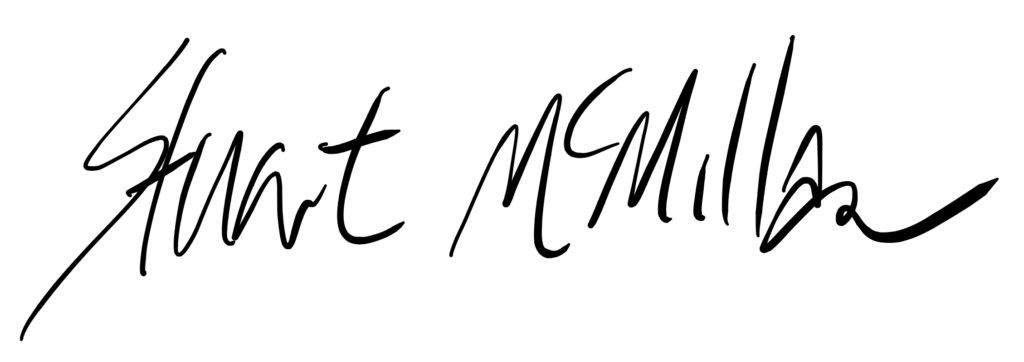I have a rule: if someone I trust recommends a book, I buy it.
Immediately.
I may not read it right away (heck, I may not EVER read it), but at least I know it’s there – ready to be read when the time is right.
The trouble with this method is that most people recommend a book they just finished reading – and more often than not, these books are new. This isn’t necessarily a bad thing; as there are so many good books being written.
But how many of them are GREAT books?
How many of these books could be an extended blog-post – the premise sufficiently communicated within a chapter or two, and the remainder – filler, really?
More and more now, I find myself ‘inspectionally reading’ many books. In his classic ‘How to Read a Book’, Mortimer Adler described ‘inspectional reading’ as determining what the books is about – what is the structure – what are its parts? Adler recommends this type of reading BEFORE a more detailed examination. Those who read traditionally (start on page one, and follow the table of contents in order), are “faced with the task of achieving a superficial knowledge of the book at the same time that they are trying to understand it.”
Old books are different. If we have heard of an old book, by definition, it has stood the test of time. Old books have a “permanent power to disrupt our habits of thought. They were revolutionary in their own time, and they are still revolutionary today.”
More than a collection of hastily thrown together blog-posts, conversations, or tweets, old books force us to THINK. To spend time with the words on the page, combine them with our own thoughts, draw connections, make associations, and eventually – perhaps – discover our own creative, ‘original‘ ideas.


